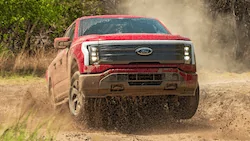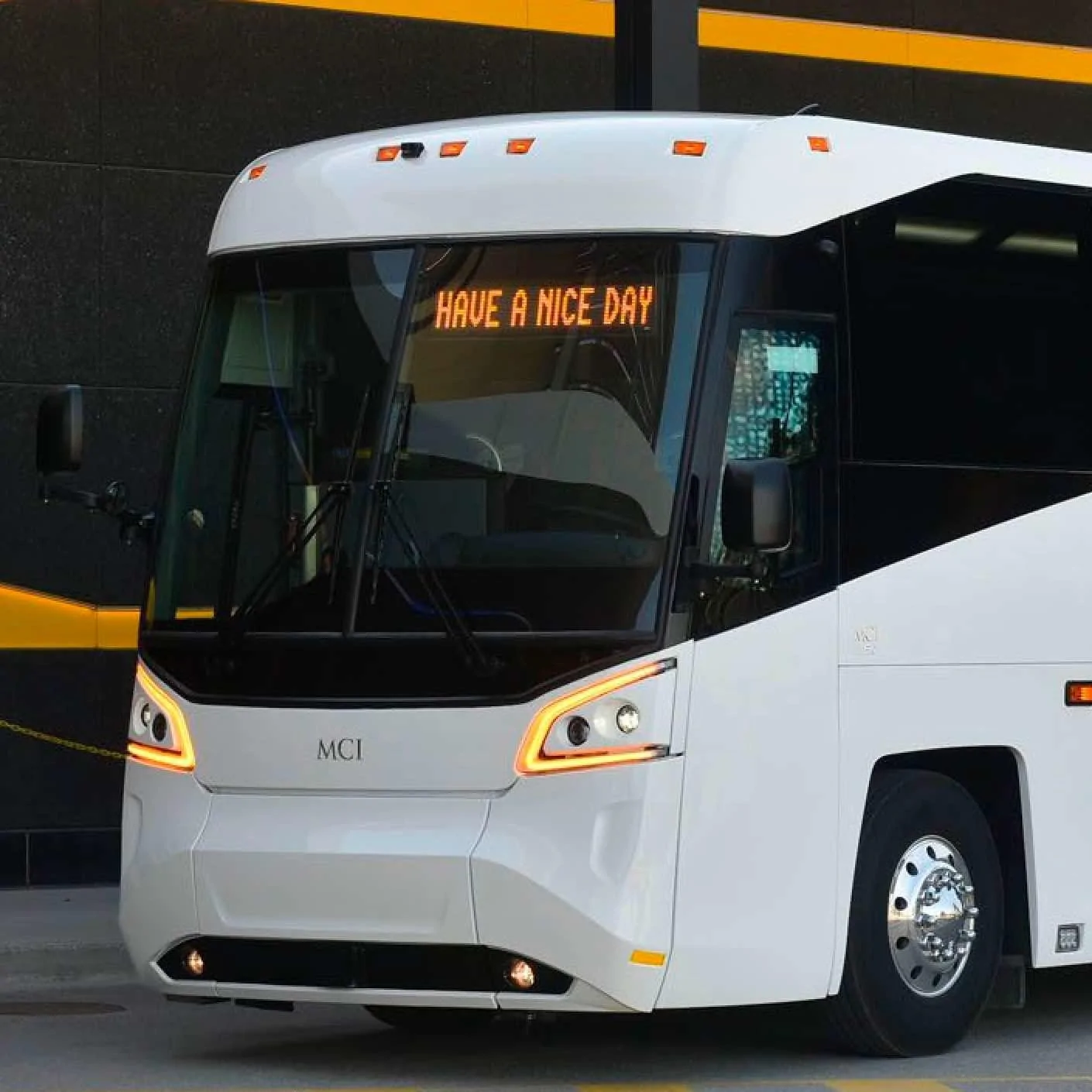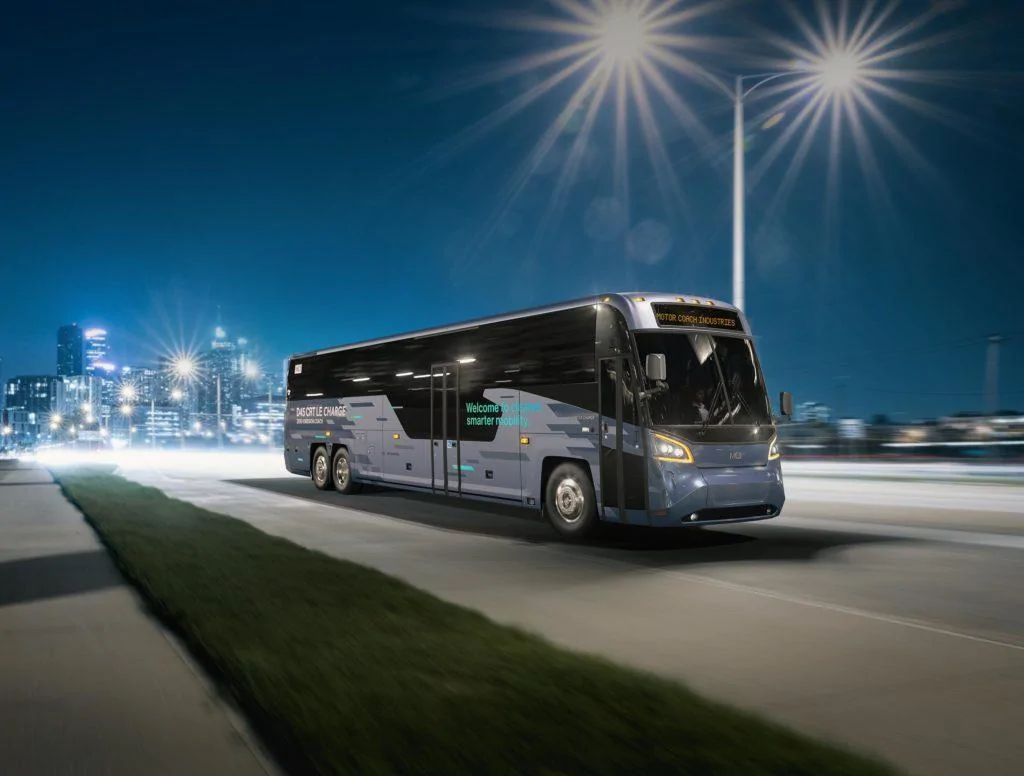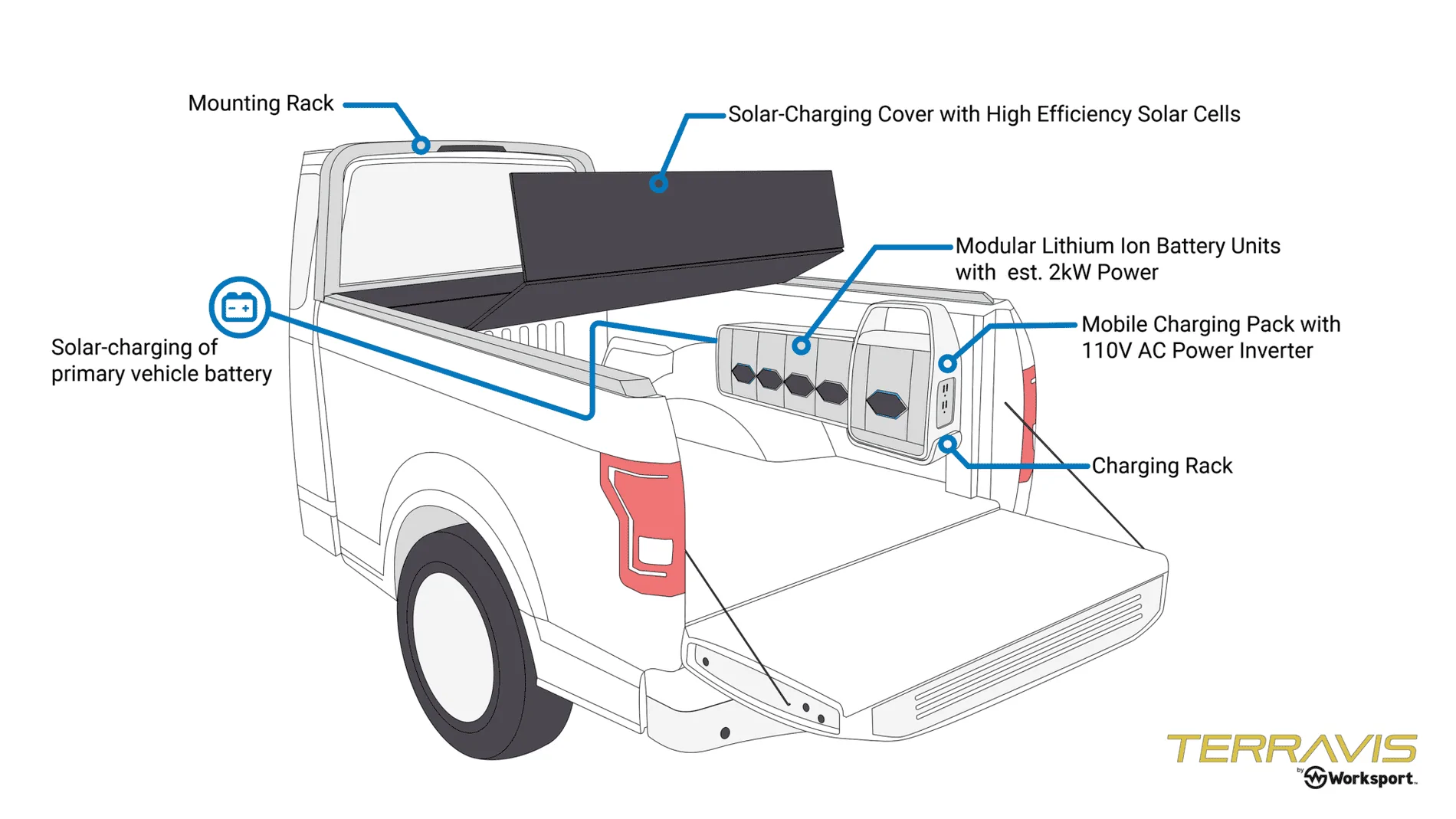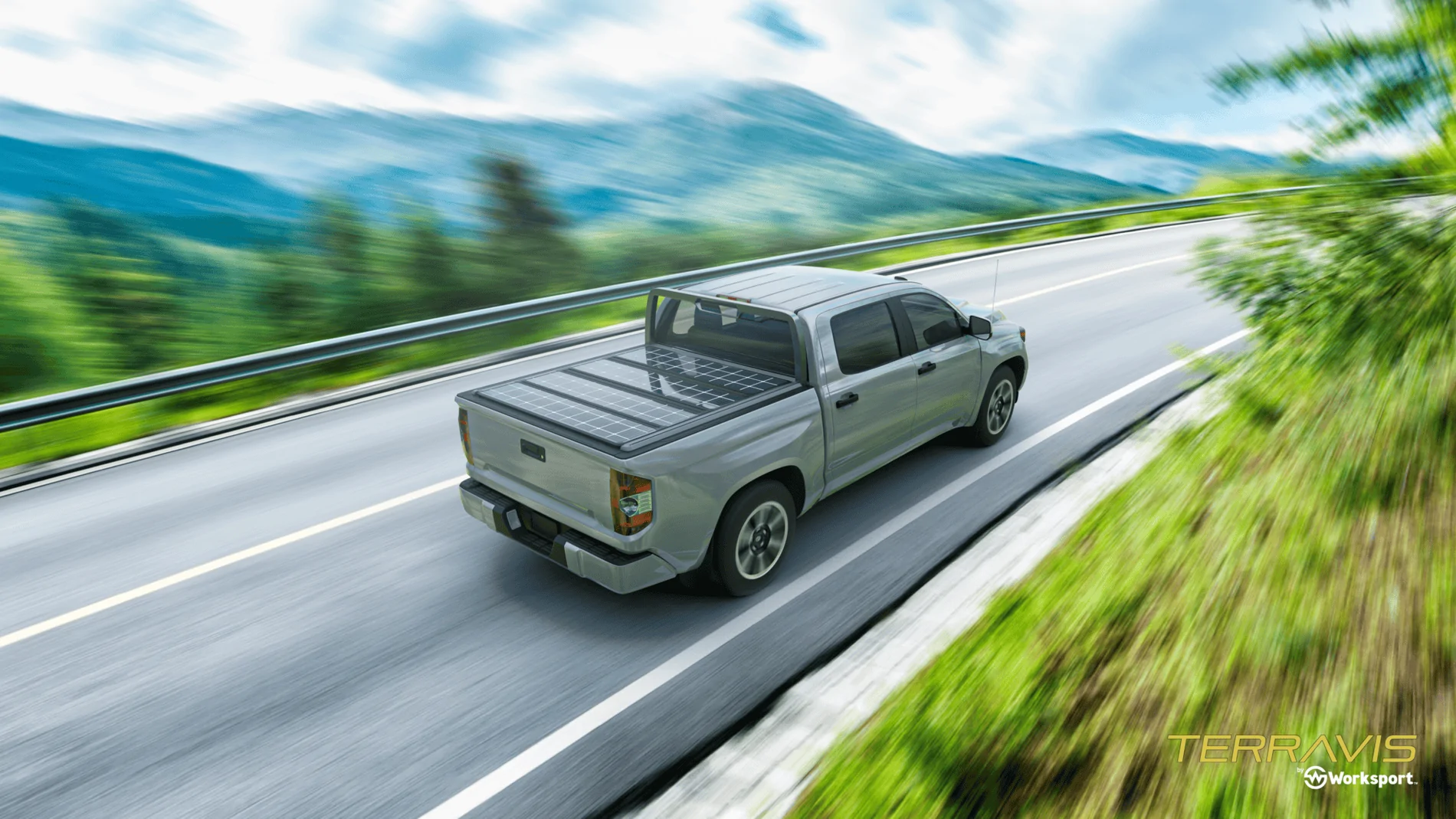vandy1981
Well-known member
Agreed--it makes sense to take a genset as a backup when you're off the grid, although I'd guess *most* generators are going to emit more pollution per unit energy than your average passenger vehicle. If environmentally friendly overlanding is your use case, the powerboost drivetrain is probably a better bet.I think the range extender is much more useful for overlanding (or similar). Charge overnight with transported fuel, not charging as you go. The form factor is the most important thing, making it easy to mount on the truck.
Or maybe I am completely wrong.
When I hear about "range extenders" in this context, I'm thinking of a small engine that is capable of driving the vehicle's electric motor on its own when the battery is depleted, or about an engine that can add significant range to the vehicle while in motion. This would be cost and payload prohibitive on a vehicle that's likely to have terrible efficiency at highway speeds. My I-Pace does 400-450 Wh/mile at 80 mph, so I would be pleasantly surprised if the F150 does better than 600-700 Wh/mile given its weight and aerodynamic limitations.
Sponsored


